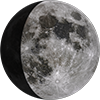What We Know About Comet Leonard (C/2021 A1)
On January 3rd 2021, Catalina Sky Survey research specialist Greg Leonard discovered a new comet which, once confirmed, was officially named C/2021 A1 (Leonard). At the time of the discovery, Comet Leonard was about 750 million kilometers from the Sun and 738 million kilometers from Earth and appeared as a faint dot of magnitude 19 in the constellation of Canes Venatici.
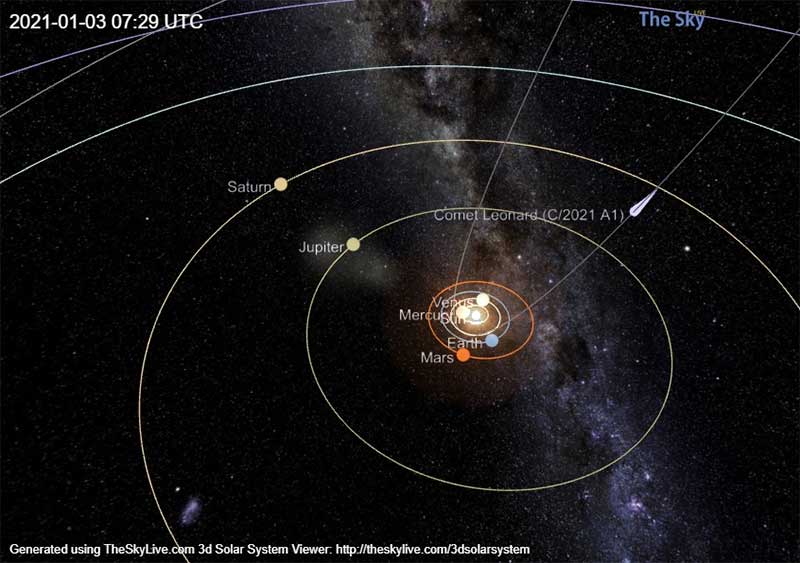
The image below (original, CC BY 3.0, via Wikimedia Commons) shows how Comet Leonard was looking like on a long exposure image taken by Filipp Romanov (Филипп Романов) three days after the discovery.
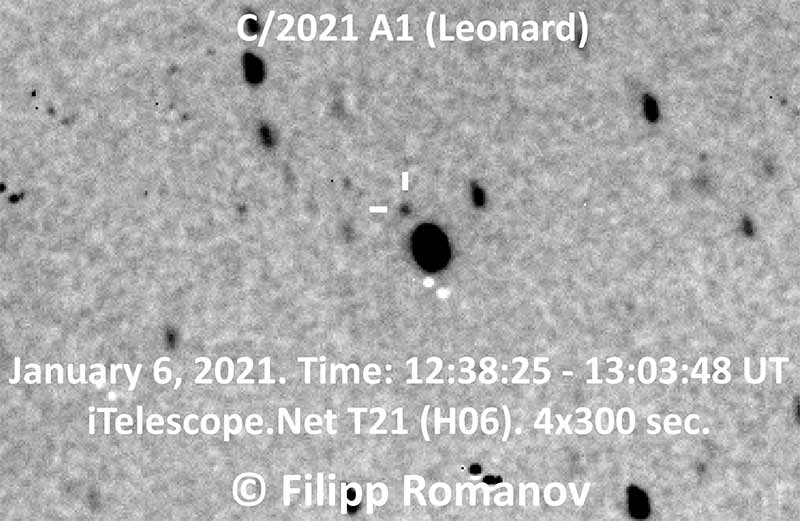
Orbit information
Based on current data, Comet Leonard is on a parabolic orbit, which means that this comet comes from the extreme distances of the Oort cloud and, in practice, it will never be visible again after this passage. Comet Leonard orbit has an inclination of about 133 degrees with respect to the ecliptic, which means this comet has a retrograde trajectory, i.e. it revolves around the Sun in the opposite direction with respect to all the other major Solar System objects.
Comet Leonard is currently traveling towards the Sun and, according to the current orbit calculations, it will pass at perihelion on January 3rd 2022 (exactly one year after the discovery!) at a distance of 0.6 Astronomical Units (or 92 million kilometers) from the Sun.
Comet Leonard observing conditions throughout 2021
During the approach to perihelion, Comet Leonard will gradually increase its brightness and, until the end of November 2021, will remain at a declination higher than 30 degrees, meaning that it will be in very favorable observing conditions from the Northern hemisphere.
From February 2021 to mid November 2021 the comet will continue to move within the boundaries of the Ursa Major constellation. On December 1st, Comet Leonard will be located in the Coma Berenices constellation and, based on existing raw estimates, might be as bright as magnitude 4. A very easy binocular target from observers in the Northern Hemisphere.
On December 3 2021 at 4AM UTC, Comet Leonard will pass very close to the M3 Globular Cluster in the constellation of Canes Venatici. It will be a very interesting opportunity for visual observations and astrophotography (sky chart available here).
The comet will then continue to move towards lower and lower declinations, while it will accelerate towards the perihelion. On December 12th it will cross the Celestial Equator. This day will be probably one of the best opportunities to observe the comet before it will come too close to the Sun (see image below).
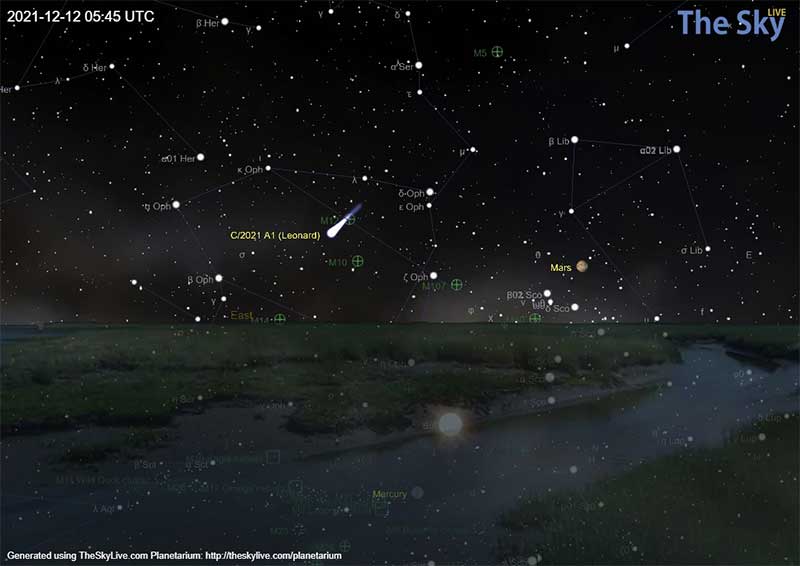
On December 13 the comet will reach the closest distance to Earth (0.23 Astronomical Units or 35 million kilometers) and 2 days later, on December 15 Comet Leonard will reach it's maximum apparent brightness. Observing conditions will be particularly challenging during these days because of the apparent proximity of the comet to the Sun.
After December 15 observing conditions will quickly improve from the southern hemisphere. On December 17th in particular it will be possible to observe Comet Leonard quite close to the planet Venus and Saturn not too far away (see image below and interactive chart available here).
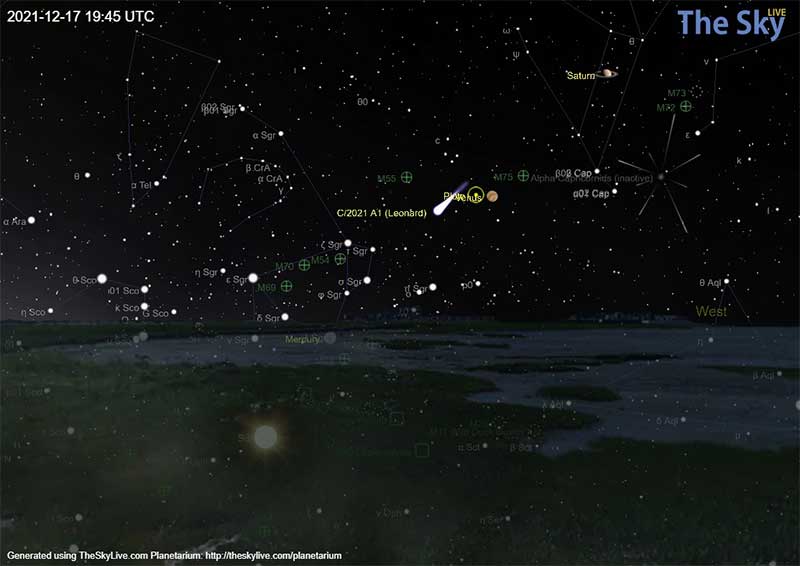
On Christmas Day 2021, Comet Leonard will be very easily visible from the Southern hemisphere, in the constellation of Microscopium.
After that Comet Leonard will continue to approach the perihelion, however its distance from Earth will continue to increase and its brightness to decrease.
Comet Leonard timeline
| Date | Event |
|---|---|
| January 3 2021 | Discovery date. |
| February 7 2021 | Enters Ursa Major constellation. |
| November 12 2021 | Enters Canes Venatici constellation. |
| December 3 2021 | Close approach with Globular Cluster M3. |
| December 12 2021 | Crosses celestial equator towards negative declinations. One of the best (and last) chances to observe the comet from the Northern hemisphere. |
| December 13 2021 | Closest approach to Earth. |
| December 15 2021 | Comet at its brightest (may be inaccurate as it's very early to make precise predictions about brightness). |
| December 17 2021 | Comet close to Venus, visible after sunset from the Southern hemisphere. |
| January 3 2022 | Comet at perihelion. |

